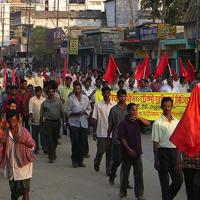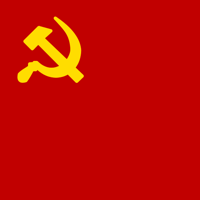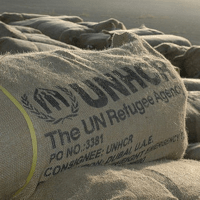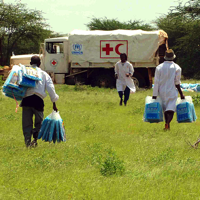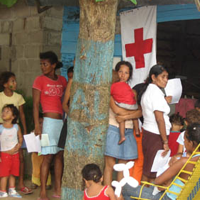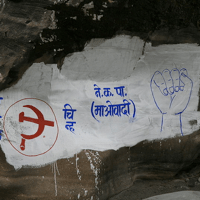
Left-wing radicalism in South Asia is stronger than at any time since the Cold War, with both India and Nepal challenged by Maoist uprisings. Because it impacts one of the world’s emerging powers, the situation in India is perhaps of greater global significance. But the Nepal case is just as instructive, if not more so. For Nepal’s largely impoverished population of 25 million, which lives in a territory the size of Florida, a bloody decade of people’s war has since 2006 given way to “peace.” Yet to call the situation in Nepal peace is appropriate only if one believes that […]

